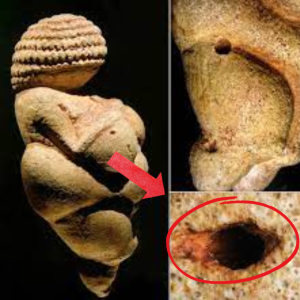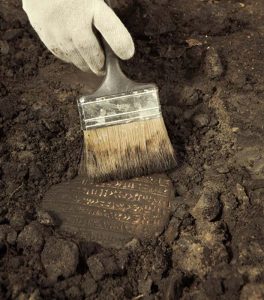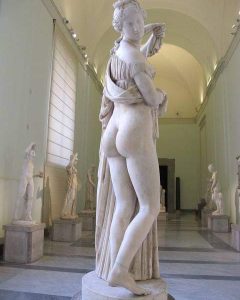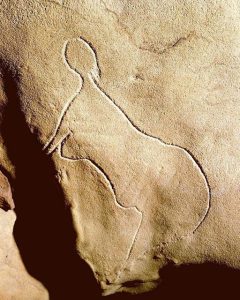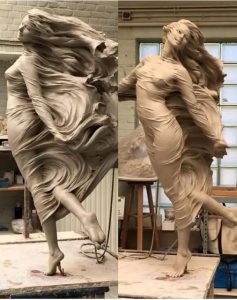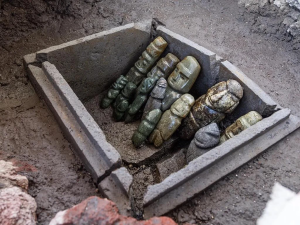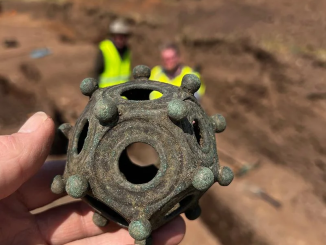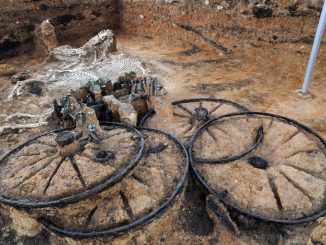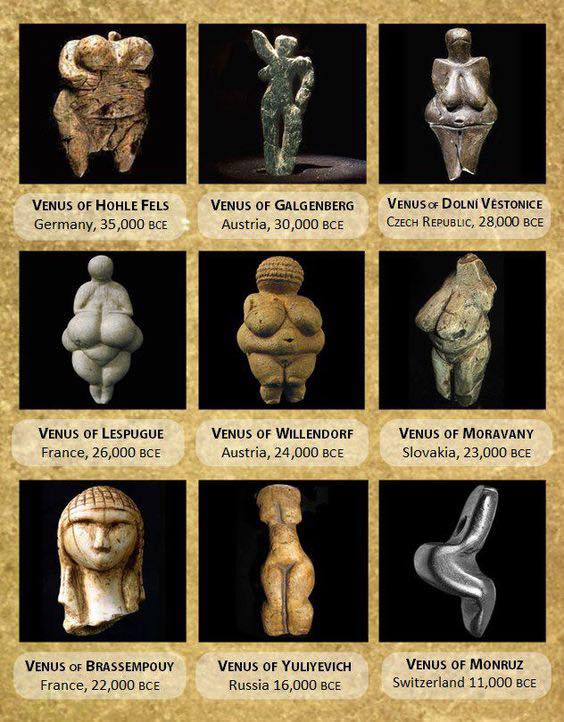
In the vast expanse of prehistoric Europe, a series of enigmatic artifacts known as the Venus figurines have captured the imagination of archaeologists and art enthusiasts alike. Dating back to the Paleolithic Era, these small sculptures depict exaggerated female forms with voluptuous bodies, emphasizing features such as breasts, buttocks, and reproductive organs. Their significance and purpose have long been debated, offering a fascinating glimpse into the artistic expressions of our ancient ancestors.
Origins and Discovery of the Venus Figurines
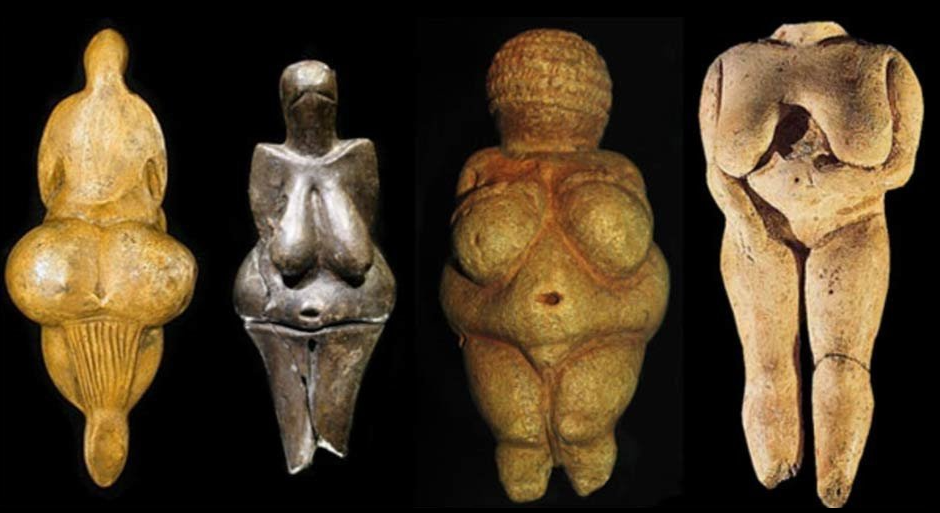
The Venus figurines were crafted by early human populations during the Upper Paleolithic period, approximately 30,000 to 10,000 years ago. These intricately carved sculptures were made from various materials, including ivory, bone, and stone, and were often found in caves, rock shelters, and other archaeological sites across Europe. The first Venus figurine, known as the Venus of Willendorf, was discovered in Austria in 1908, sparking widespread interest in these mysterious artifacts.
Interpreting the Symbolism of the Venus Figurines
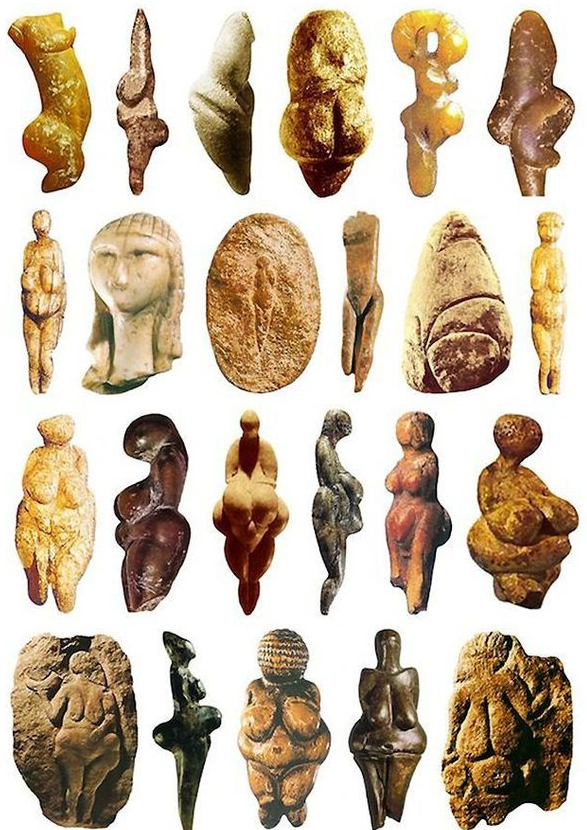
The Venus figurines are believed to have held significant cultural and symbolic meaning for the ancient societies that created them. While interpretations vary, many scholars suggest that these sculptures may have served as fertility symbols, representing the nurturing and life-giving aspects of femininity. Others propose that they were objects of religious veneration or played a role in rituals related to childbirth, hunting, or other aspects of early human life. The exaggerated features of the Venus figurines, including their ample breasts and rounded bellies, may have symbolized abundance, vitality, and the cycle of life.
Unraveling the Mysteries of Prehistoric Art
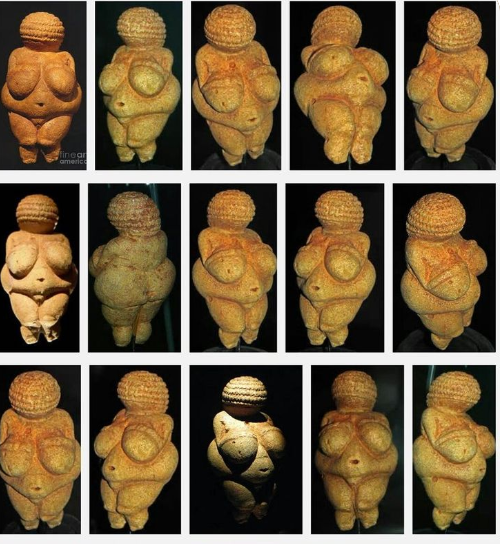
The study of the Venus figurines provides valuable insights into the artistic and cultural practices of prehistoric peoples. Through careful analysis of these artifacts, archaeologists can gain a deeper understanding of the social, religious, and symbolic frameworks that shaped ancient societies. Additionally, the widespread distribution of Venus figurines across Europe suggests the existence of shared cultural traditions and beliefs among early human populations, highlighting the interconnectedness of prehistoric communities.
The Significance of Archaeological Exploration
As we continue to uncover the secrets of the past, archaeological discoveries like the Venus figurines remind us of the rich tapestry of human history. Through meticulous excavation and analysis, archaeologists piece together the puzzle of our ancestors’ lives, shedding light on their beliefs, customs, and artistic expressions. By preserving and studying artifacts such as the Venus figurines, we gain a deeper appreciation for the diversity and complexity of human culture throughout the ages.
